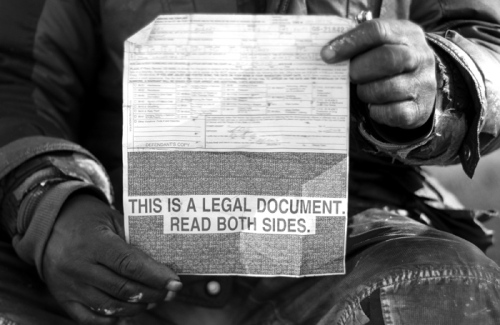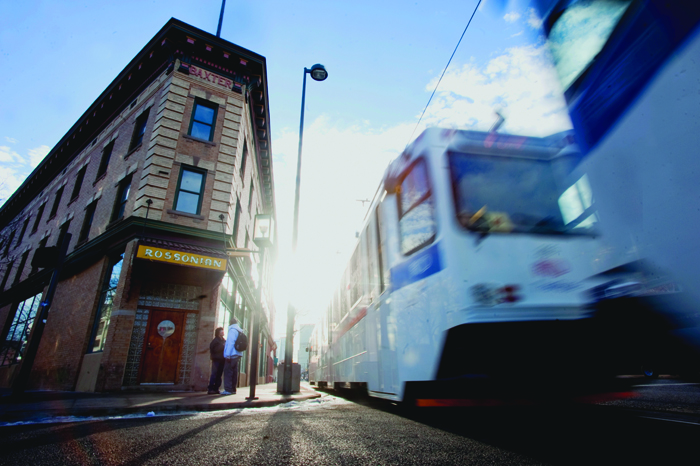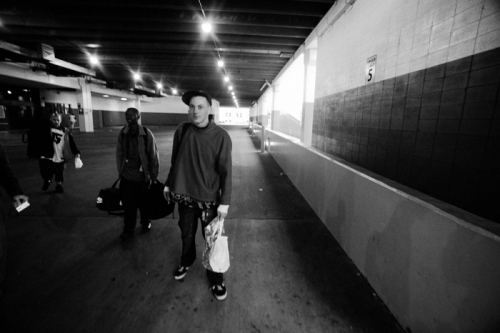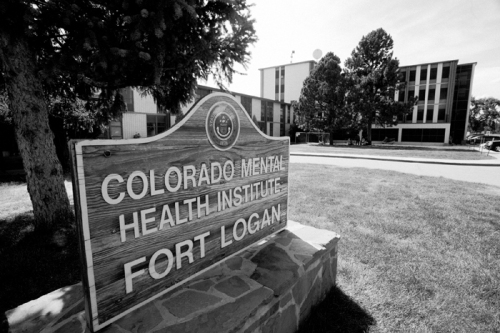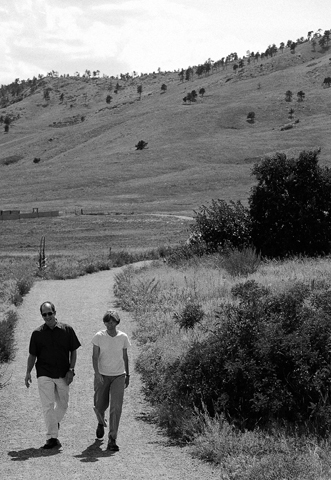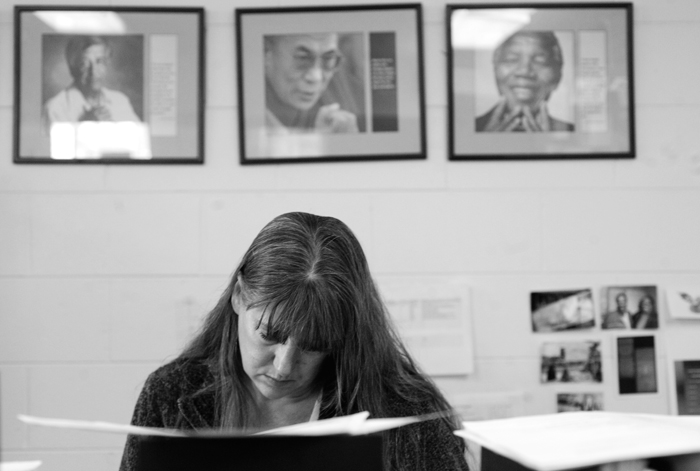By Kristin Pazulski
Photography by Adrian DiUbaldo
At the request of a friend, two years ago Randy Harris visited a church food pantry in Denver’s Villa Park neighborhood, just west of Federal and south of Colfax. A few loaves of bread and canned goods sat on the shelves. A girl came to the church with her father. She was irritable and grumpy; the reason, her father explained, was she hadn’t eaten in three days. They took their bread and cans of vegetables and went home.
Harris was horrified not only that she hadn’t eaten in three days, but also by the quality of the food they left with. When Harris asked the church why there was a lack of fresh food, he learned that they didn’t have the money to buy much more and donations from food drives are focused on canned and boxed non-perishables.
Harris, a former corporate and government research consultant, started looking at Colorado’s current food pantry services. What he found, he says, is an unorganized business model, with scattered pantries full of well-intentioned people, but not much food. In his mind, why not pool the services?
“There’s plenty of food. We’re trying to parse it out to way too many places,” Harris said.


